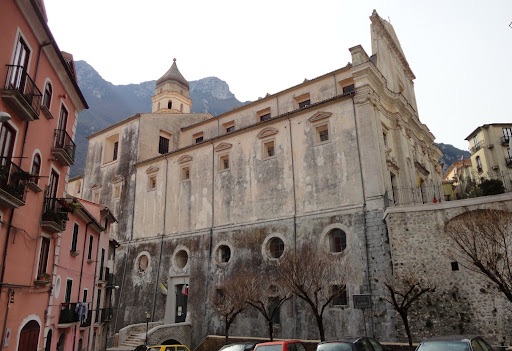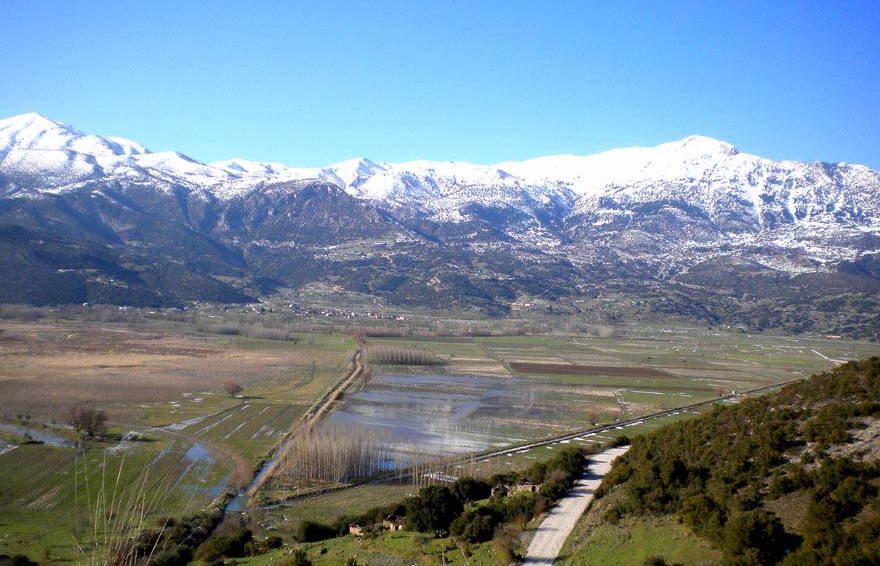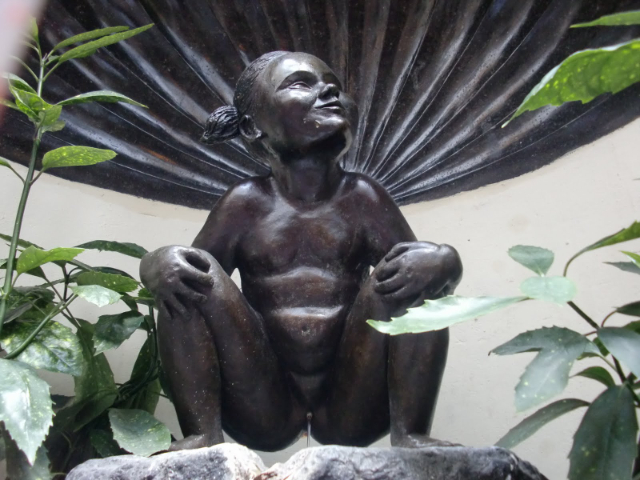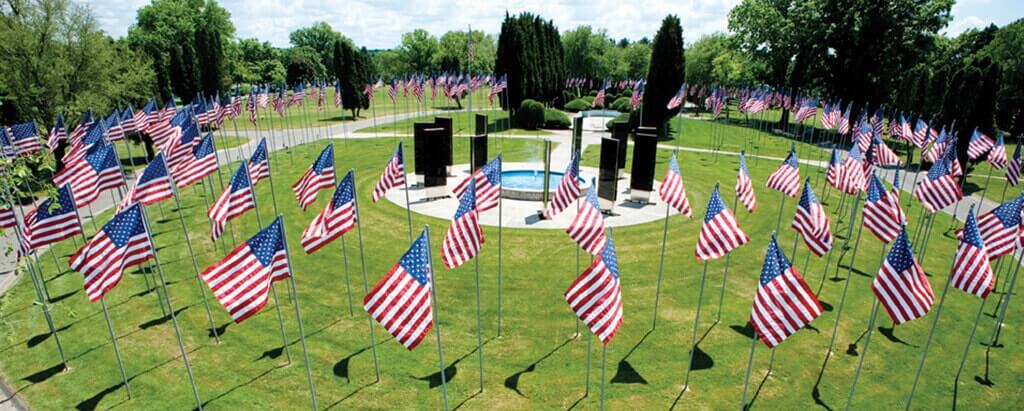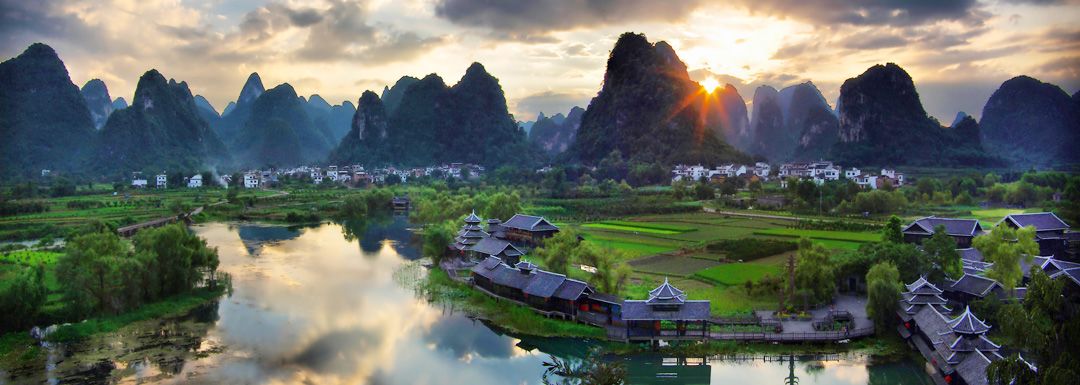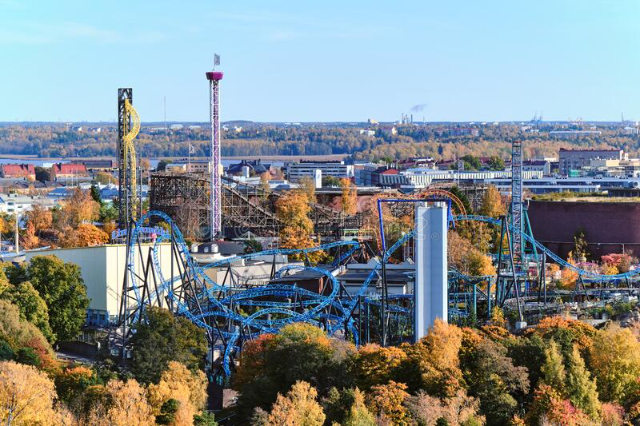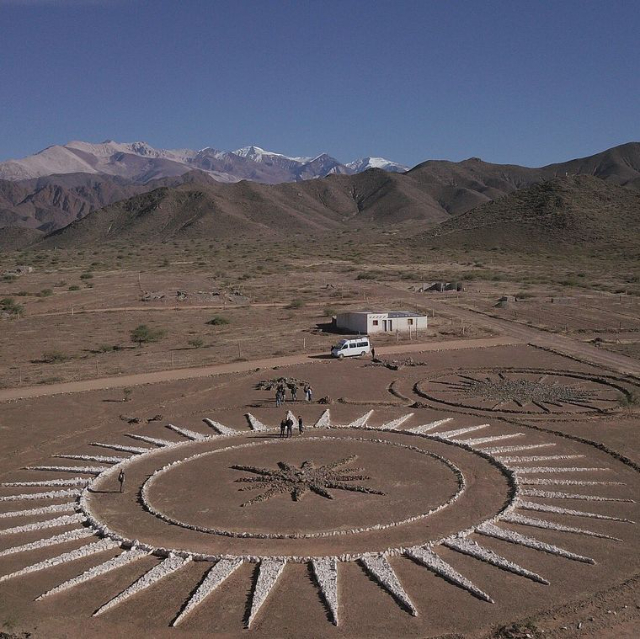Following the institution of the diocese, which took place in June 1564, the construction of the Cathedral was decided. It was built over a period of more than a century in a rather articulated site, characterized by significant geomorphological and architectural pre-existences: most probably on the site of the old church of Santa Maria della Giudeca as well as on remains of the Roman era and close to the course of the river Tenza near the confluence with the river Atri. The Cathedral of Santa Maria della Pace, consecrated in 1683, is one of the largest churches in the province of Salerno. The sacred building consists of three levels
The first stone of the work, followed by numerous disputes on the location of the complex, was placed only about forty years after the appointment as bishop’s seat, to the north of the ancient parish church of Campagna and only in 1634 were undertaken the foundation works of the area of the nave and the left transept. The project of the plant is attributed to Nicola Benvenuto (probably to be identified in the more known architect Benvenuto Tortelli, active in the same years in Naples and in the neighbouring centres of the viceroyalty). The upper church is dedicated to Santa Maria della Pace. It presents a longitudinal development with an imposing central nave with five arches on pillars; the two lateral naves present recessed terminal walls in which the secondary altars were inserted, while at the centre of the presbytery there is a dome that, together with the bell tower, represents a primary reference in the historical nucleus of the city. The plant has undergone numerous renovations both in the eighteenth century (completion of the decorative apparatus of late Baroque taste) and in the following one, when Bishop Nappi in 1888 commissioned Rinaldo Casanova, an artist of Bolognese origin adhering to the current of neo-medieval revival, to redo the interior of the Cathedral. Below the apse and the transept are the remains of the ancient church of the Giudeca, while on the entrance side is the confraternity of the Monte dei Morti.
Other interesting works include two statues of Santa Maria della Pace, one in stone (15th cent.) and the other in wood (16th cent.). More numerous are, instead, the paintings that represent the Madonna of the Peace of Paolo De Matteis (XVIII sec.), the Nativity of the Virgin of Vincenzo Gagliardi (1783), the Martyrdom of St. Pietro and St. Paolo of Emanuele Pasabi (1784), the Supper of Emmaus of N. V. Ciano (second half of the XVIII century), St. Maria Domenica of Paolo De Matteis, the Presentation to the Temple, St. Antonino with St. Catello, St. Carlo Borromeo, St. Apollinare, St. Francesco da Paola.
The main frescoes include the Coronation of Our Lady of Avigliano and the Universal Deluge by Vincenzo Galloppi. The cathedral is known as "Mons inter montes", because from its seven-storey bell tower it is possible to admire the suggestive surrounding mountains.
